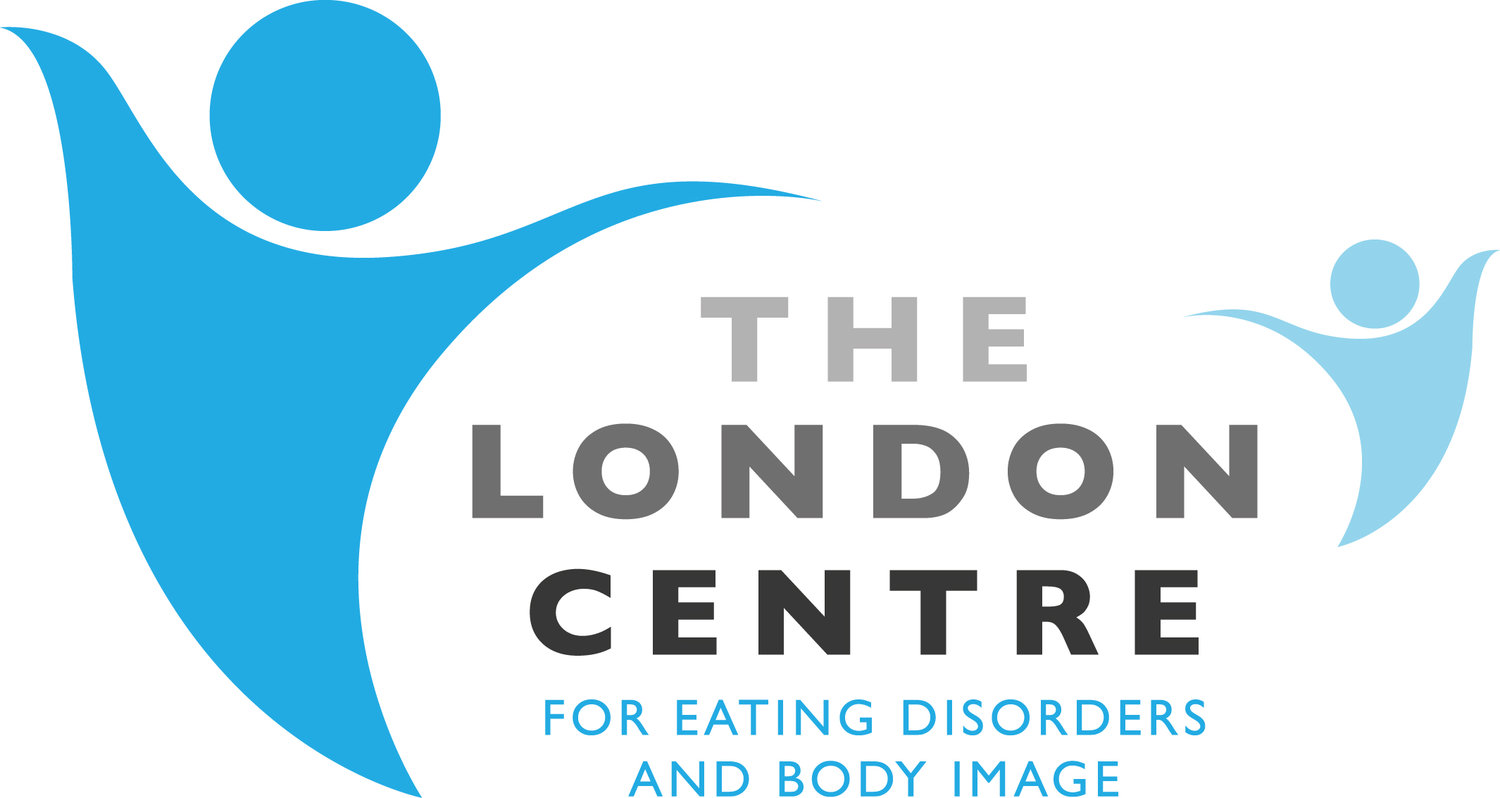Understanding Weight Restoration in Eating Disorder Recovery: What to Expect
Introduction
Recovering from an eating disorder is a journey that involves both physical and emotional healing. One important part of this process is weight restoration or nutritional rehabilitation (as we prefer to call it), which can be challenging and often daunting for those in recovery. This blog aims to provide an overview of what to expect during the nutritional rehabilitation process, address common concerns, and offer some strategies to cope with the challenges involved.
1. What is Weight Restoration or Nutritional Rehabilitation?
Nutritional rehabilitation is the process of restoring weight to a healthy, stable range, often after weight loss due to restrictive eating behaviours. It’s an essential step toward physical health, but it also plays a vital role in improving mental and emotional well-being.
Physical Health: Returning to a healthy weight range helps restore normal bodily functions, including menstruation, digestion, and metabolism, which may have been disrupted by restriction.
Mental Health: Adequate nutrition is crucial for brain function, improving mood, reducing anxiety, and aiding in clearer thinking.
2. The Emotional Impact of Weight Restoration
Nutrition rehabilitation can be emotionally challenging. It’s normal to experience a range of emotions, including fear, guilt, anxiety, and resistance. These feelings often stem from the eating disorder part, which can significantly influence perceptions of body shape and weight.
Body Image Concerns: Many individuals in recovery struggle with the changes in their body and fear of weight gain. It’s important to remember that these thoughts are part of the eating disorder and can be addressed in therapy and with the appropriate support.
Coping Mechanisms: Engaging in cognitive behavioural therapy (CBT), mindfulness, or other therapeutic techniques can help manage these emotions. Having a supportive network of family, friends, and healthcare professionals is also paramount in coping with difficult thoughts and feelings.
3. Physical Changes
As weight is restored, the body undergoes several changes, some of which may be uncomfortable. Understanding these changes can help in coping with the process.
Initial Weight Gain: Initially, weight may be restored quicker as the body starts to rehydrate and replenish glycogen stores. This is then followed by a slower, more steady increase.
Edema: Fluid retention, or edema, is common during the early stages of recovery and can cause temporary swelling, especially in the legs, feet, and hands. This is a normal part of the process and usually resolves on its own following a consistent pattern of eating and nutritionally adequate diet.
Digestive discomfort: during the early stages of the nutrition rehabilitation process people may experience gastrointestinal issues including bloating, constipation and acid reflux. This often happens as a result of gastroparesis meaning digestion is slower due to dietary insufficiency resulting from restriction.
Redistribution of Weight: Weight may not initially distribute evenly across the body, which can be distressing. Over time, however, it evens out as the body adjusts.
Hunger and Fullness Signals: It’s common for hunger and fullness cues to be disrupted during the initial stages of recovery. Over time, these signals will normalise as the body gets used to a regular and consistent supply of nutrients and energy. Intuitive eating approaches can support in connecting back to the body’s hunger and fullness cues.
4. The Importance of Professional Guidance
Recovery is a complex process that should be guided by healthcare professionals, including doctors, nutrition professionals, and therapists who specialise in eating disorders.
Personalised Treatment: Each person’s recovery is unique, and a healthcare team can create a personalised plan that includes nutritional rehabilitation, psychological support, and medical monitoring.
Regular Monitoring: Regular check-ins with a healthcare provider can help manage any physical or psychological challenges that arise during the nutrition rehabilitation process.
5. Support Systems
Support from family, friends, and support groups is invaluable. They can offer encouragement, help with meal planning, and provide emotional support during challenging times.
Family Involvement: Involving family members in the recovery process can be beneficial, especially in understanding the challenges of weight restoration and helping create a supportive environment.
Support Groups: Joining a support group, either in person or online, can connect individuals with others who are going through similar experiences, reducing feelings of isolation.
6. Long-Term Recovery and Maintenance
Weight restoration is just one part of recovery. Long-term recovery involves maintaining a healthy weight, continuing therapy, and building a positive relationship with food and body image.
Maintaining Weight: Once a healthy weight range (note that this will be individual to each person as everyone’s healthy weight may vary) is reached, the focus shifts to maintaining it through balanced eating, gentle movement, and psychological support.
Continued Therapy: Continued therapy after weight restoration is almost always necessary to address the underlying symptoms of the eating disorder and prevent relapse.
Conclusion
Weight restoration is a vital step in the recovery from an eating disorder, but it’s also one of the most challenging. Understanding what to expect can help reduce fear and anxiety around the process. Remember that recovery is a journey that requires patience, support, and professional guidance. Every step forward, no matter how small, is a step toward reaching a healthy and fulfilling life.
For more information, visit The London Centre or contact us on info@thelondoncentre.co.uk

